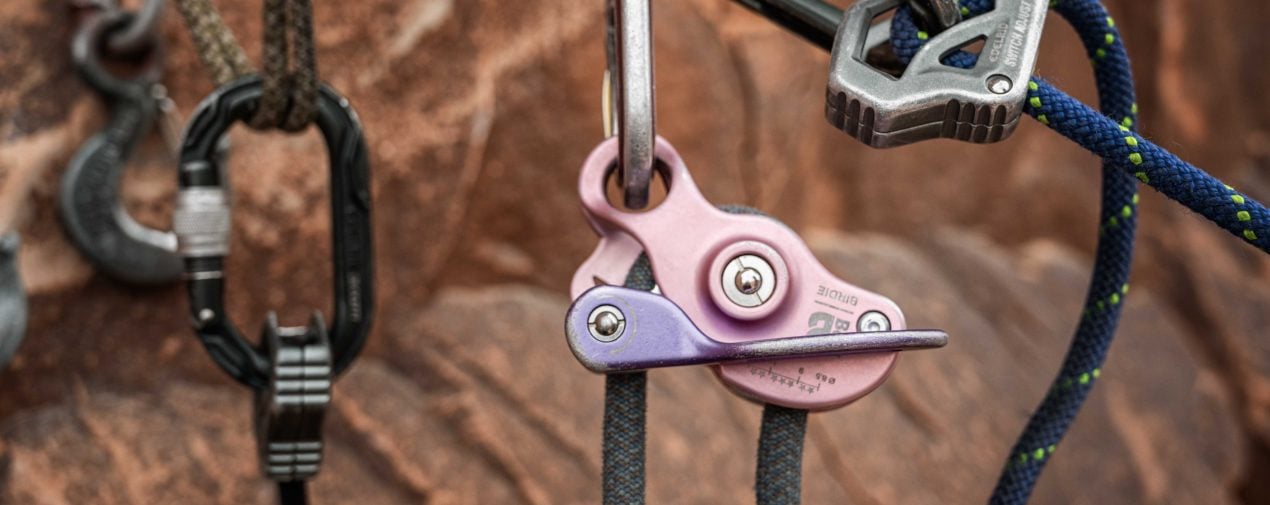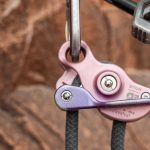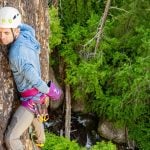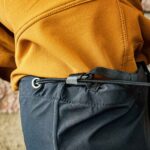ProView – Beal Birdie Belay Device Review
Finding your favorite belay device is like finding your favorite kind of pizza: the only real way to find it is to eat a lot of pizza. Many climbers get what their partner has or whatever is cheapest or maybe whatever the person working the climbing section at your local shop recommends. None of these ways are particularly bad but it often leads people to get that same-old-same-old device that so many climbers have on their harness. A plain pepperoni pizza is classic, however, there are so many better flavors out there! I used the Beal Birdie for the last month as I guided all over the desert and I think I have found my favorite flavor!
Beal Birdie Belay Device
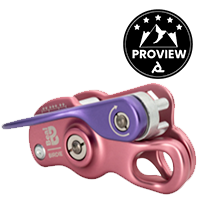
Product Name: Beal Birdie Belay Device
Product Description: The Birdie, our iconic assisted-braking belay device, returns with a new, more robust design, enhanced by vibrant and unique colors! Which one will you fall for?
Offer price: MSRP: $83.00
Currency: USD
-
Performance
(4.5)
-
Fit/Function
(5)
-
Eco-Friendly
(5)
Summary
The Beal Birdie is a great assisted breaking device for anyone who is in the market for a long-lasting and affordable device that provides well-rounded performance.
Overall
4.9Pros
- With a retail price of $83, it is significantly cheaper than nearly all its competitors
- All metal construction for long lasting wear
- Comes multiple color schemes – add some personal flair to your kit!
Cons
- Lead belaying is not as smooth with fatter ropes
- Single line rappelling is quite difficult, even as a 220lb climber
Purpose & Performance
Assisted breaking devices are great tools for when you have a climber who is hang-dogging on a route; belayers who are new to top roping; belaying from the top where lowering back down is a high likelihood; or you belay every day, and you want to take some of the strain off your hands. There are even more uses than these, but it should be apparent that we ask a whole lot from our assisted breaking devices. In my experience using nearly all of them that have been introduced to the climbing market, there are none that do all these tasks well, but each device often has their main focus and performs a few of these tasks well.
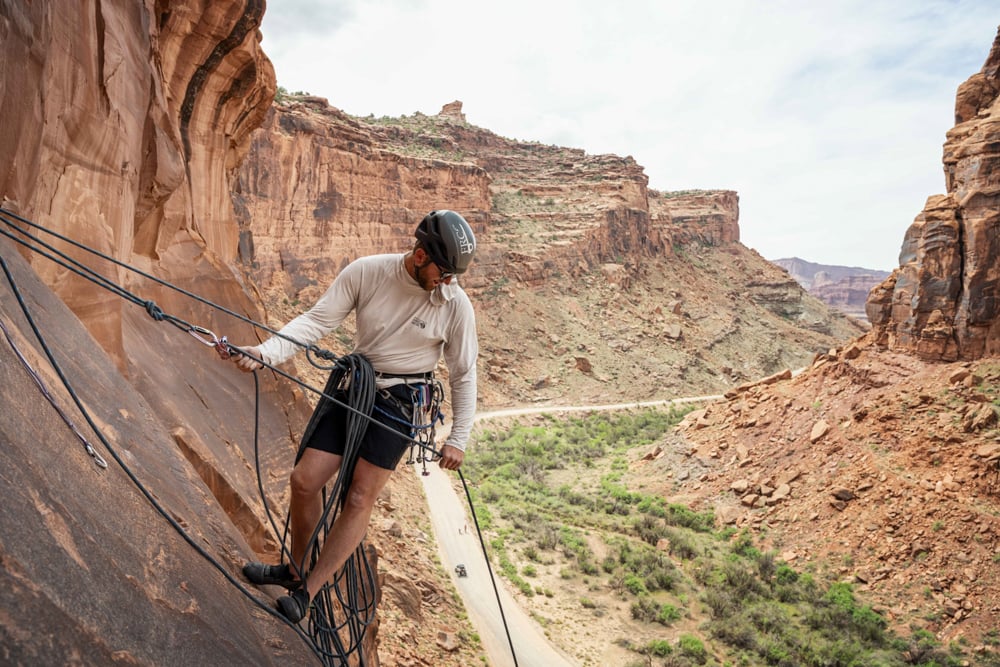
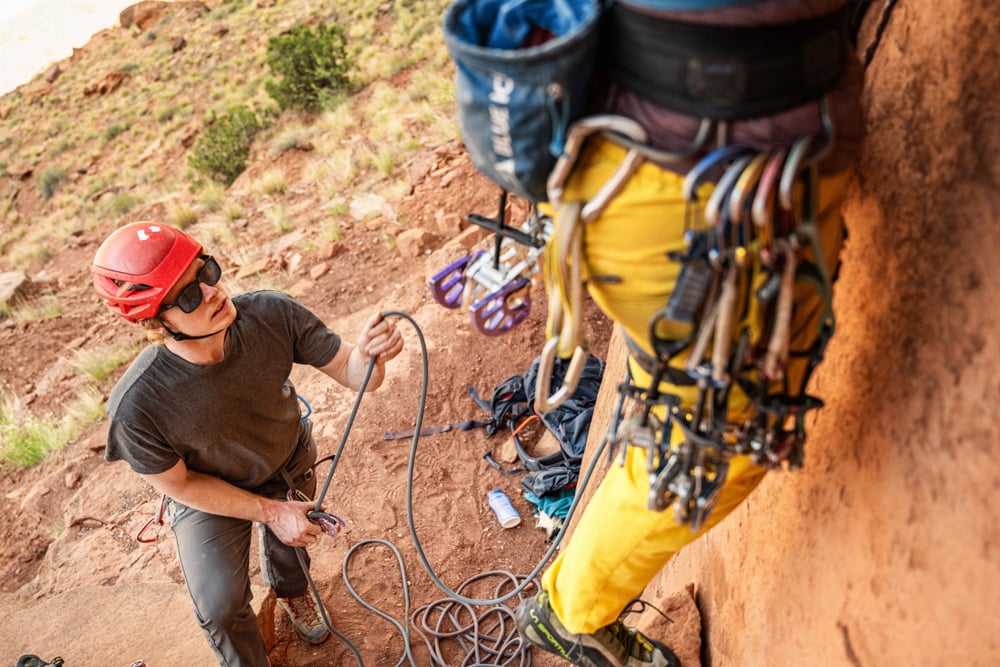
The Beal Birdie checks a lot of boxes. Simply put, it is a classic assisted breaking device that loads and operates exactly like the many that are on the market. If you are a climber who is nervous about using gear you have never used before, rest assured that the Birdie will not throw anything new at you and it should feel very familiar.
I found it handled surprisingly well with my fatter guiding ropes that were in the 9.8mm-10.0mm but only when top rope belaying. The Birdie has an intuitive lead belay process where the more you bring the break strand parallel to the climbing strand, the easier the rope feeds and the less likely it is to lock up. This makes the process very similar to lead belaying with a tube style device and is even quite reminiscent of belaying with a munter. I found this to be quite true and the Birdie was easier to lead belay with compared to other devices but only with skinnier ropes or newer ropes. Otherwise, I found myself in the classic situation where I was holding down the camming device to quickly feed out slack to a clipping leader.
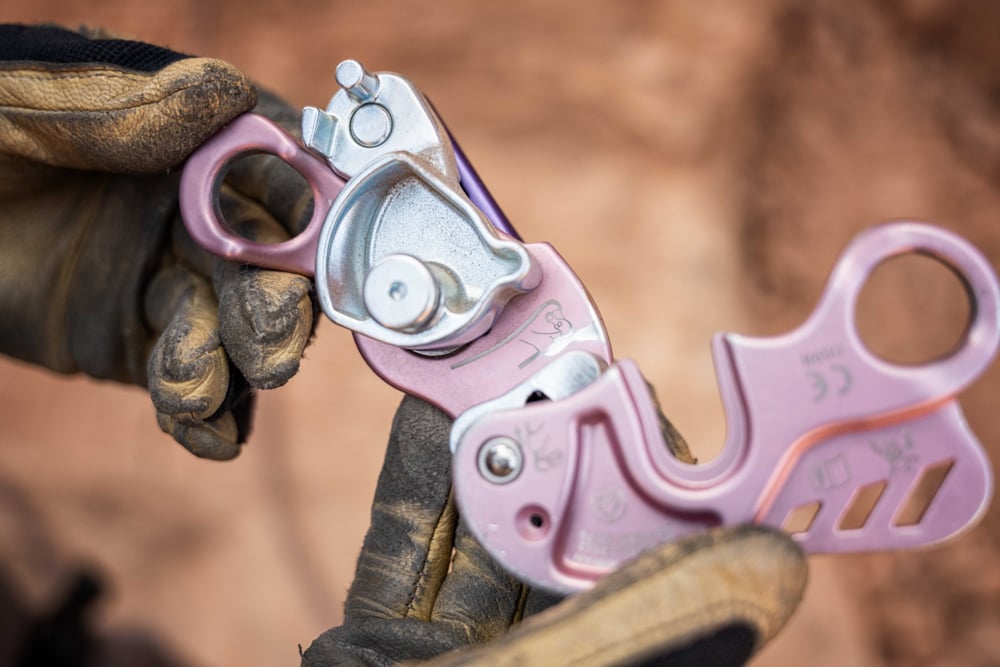
Belaying from the top while multipitch climbing is simple and the small profile of the device means it does not take up too much space on the anchor masterpoint. The camming device is external, like nearly all (but not all) assisted breaking devices so caution must be taken when the device is laying against the rock to avoid the camming device from being inhibited, thus not locking up.
I find myself doing a lot of fixed rope work whether I am taking photos of climbers or doing fixed hardware management of our bolts across the desert. The Birdie is not a great device for that as I found the shorter lowering handle makes the device quite jerky and uncomfortable to rappel with in those situations. I expect it to get a little bit better as it “wears in” but it was nearly unfunctional as a single line rappel device straight out of the packaging.
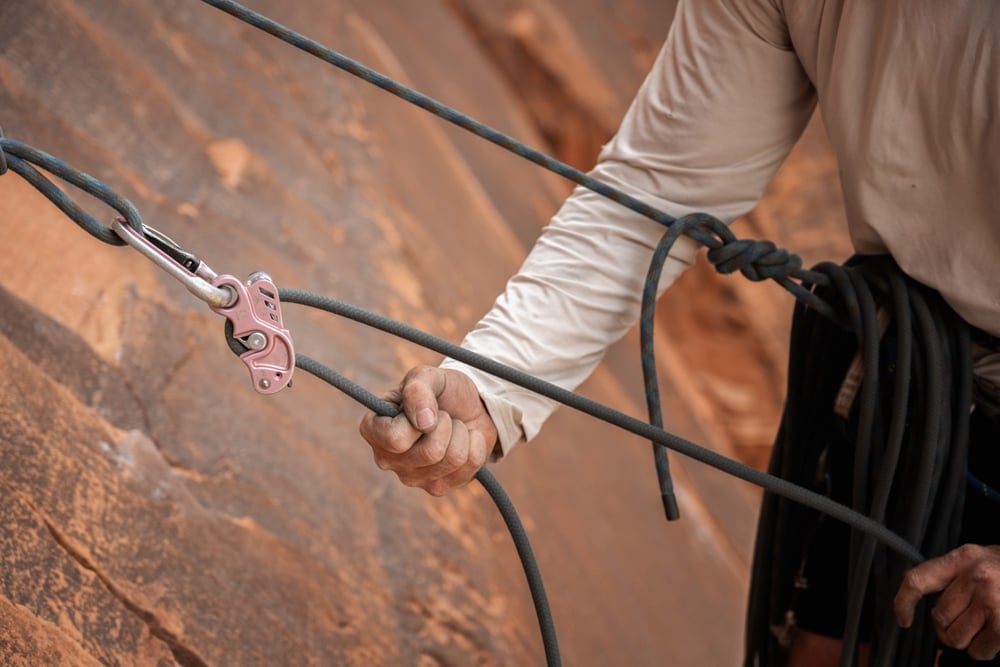
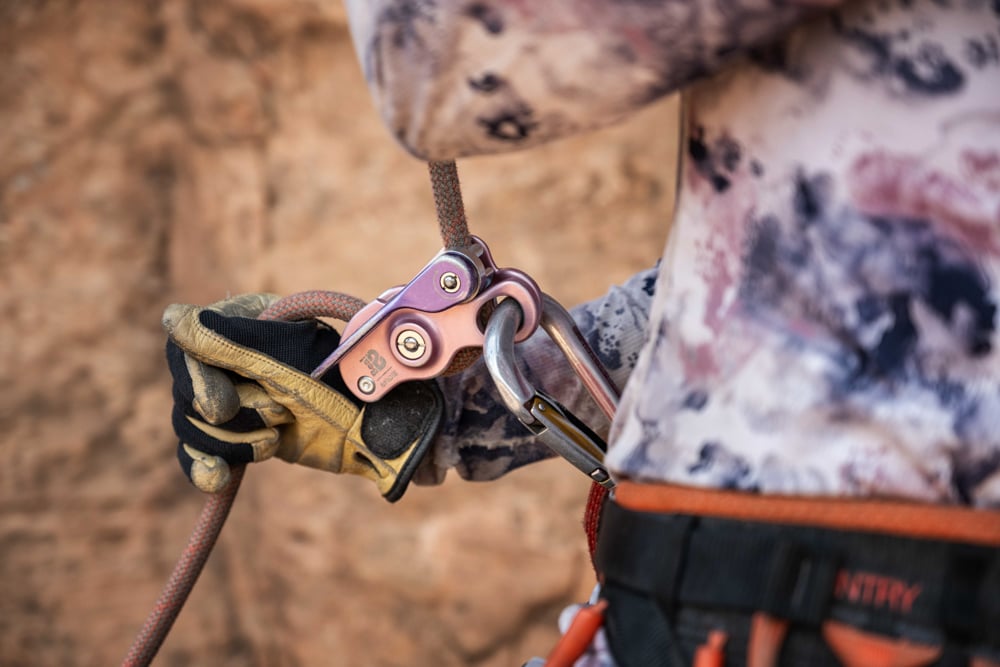
Fit & Function
The biggest thing I noticed when I opened the packaging was despite being 100% aluminum, it was fairly light and quite small in stature. This smallness was consistently commented on by other climbers at the crag. I really grew to love the small footprint that the Birdie takes on my harness and anchor.
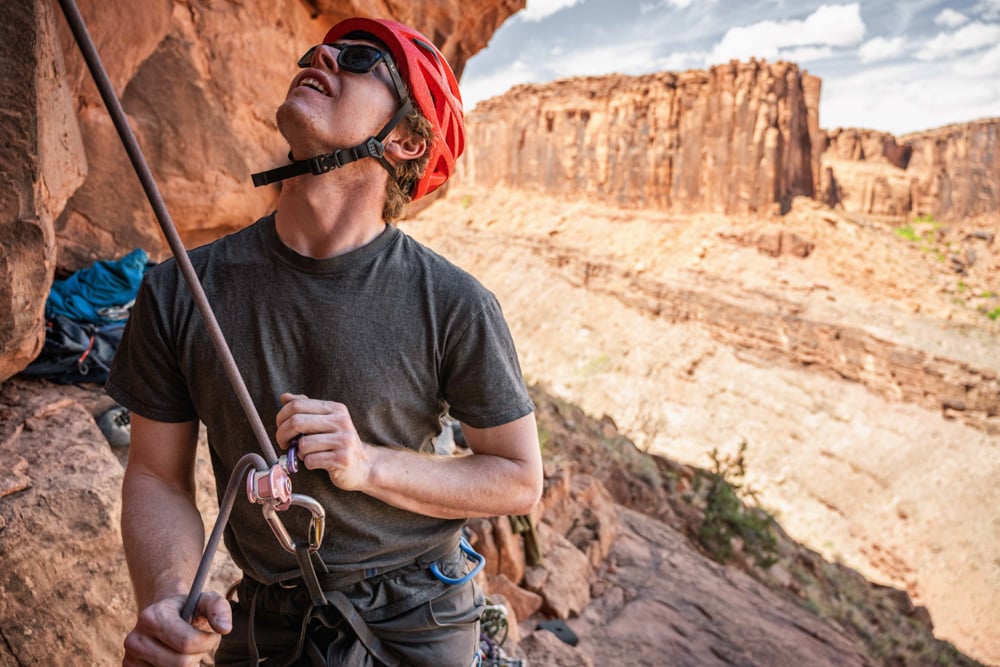
The lowering handle is a bit short, which means that with gloves, big hands, or big climbers you might find the leverage a bit lacking and lowering to be a bit jerky. This took me a lot more time to get used than I was anticipating but I eventually dialed in the sweet spot of the Birdie.
One unique item of the Birdie that I have never seen before is they include the ability to “lock the Birdie closed” with a short M3 bolt (not included). Once the rope is loaded into the device, you can screw in this bolt and the Birdie can no longer be opened without a hex key. This has no real use for the everyday climber, but for climbing gyms that provide assisted breaking devices already loaded onto their top rope this has purpose: there is no way someone might take the device apart and then reload it incorrectly.
Friendliness to the Earth
It is hard to imagine how a piece of hardware for climbing could be unfriendly to the earth but there are ways to make gear more sustainable. The Birdie utilizes a 100% aluminum body and construction, so, no plastic! I strongly prefer metal lowering handles to plastic as the latter tend to wear out and break over heavy use.
Secondly, Beal has done a great job at making the wear points of the Birdie thick and rounded. The extra thickness means it should take me many more seasons of guiding in a sandy environment before this device wears out. The rounded edges are broad which means your rope will enjoy them more and those “sharp metal edges” that can do your rope in in a hear beat will take much longer to form. This will hopefully keep my personal and professional fleet of ropes from biting the dust prematurely. All of this helps keep you from buying more gear and keeps less of it out of the trash. This is a great way to help with reducing any unnecessary waste from the environment.
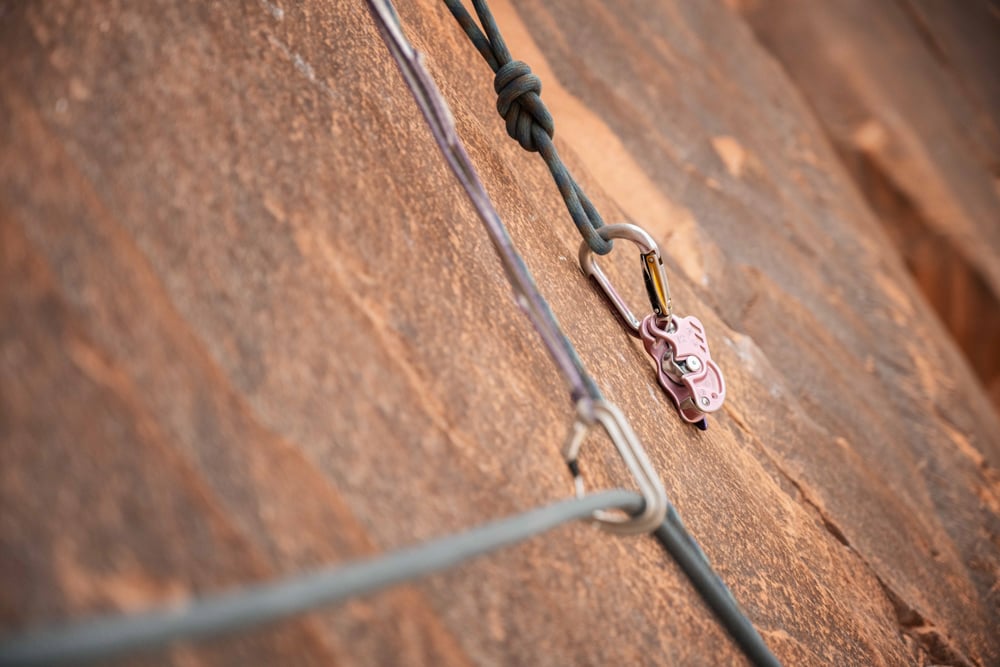
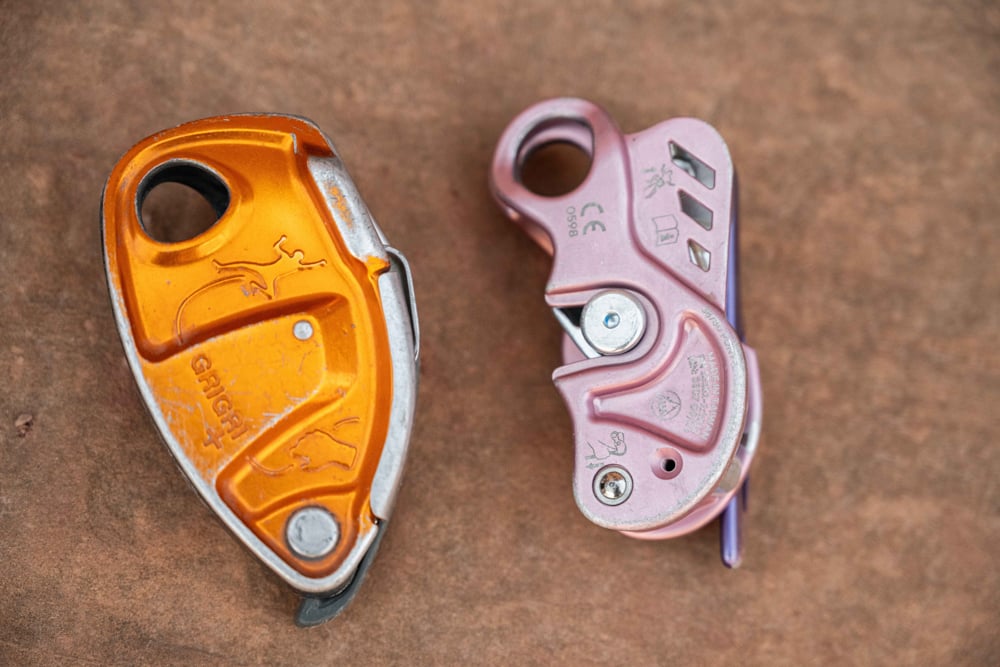
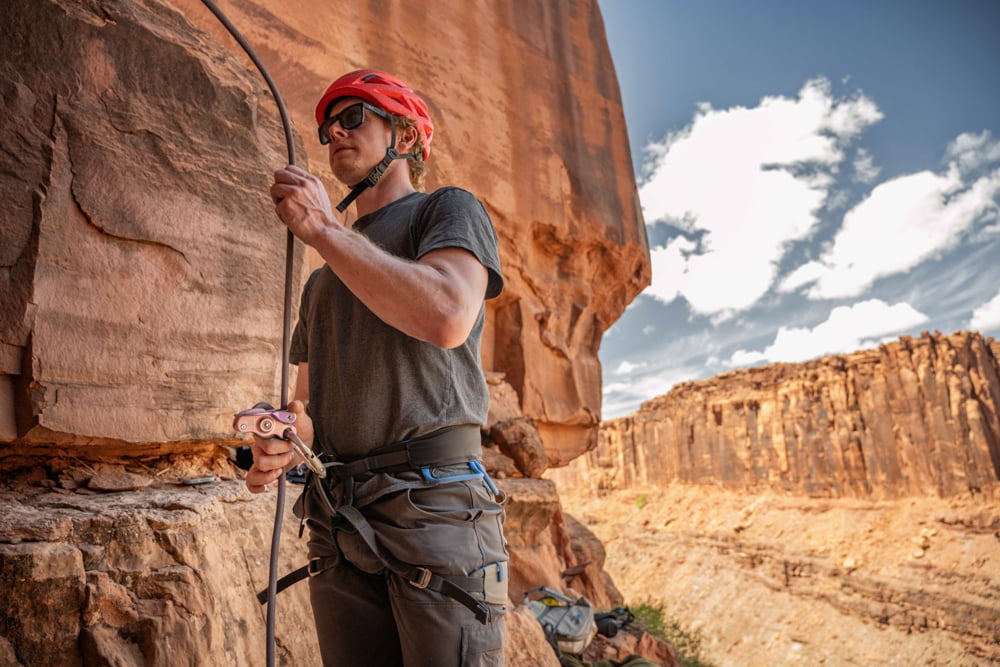
The Final Word
The Beal Birdie is a great assisted breaking device for anyone who is in the market for a long-lasting and affordable device that provides well-rounded performance.
Shop Beal on Outdoor Prolink. Not a member? Apply today!
See other Beal reviews.
About the Gear Tester
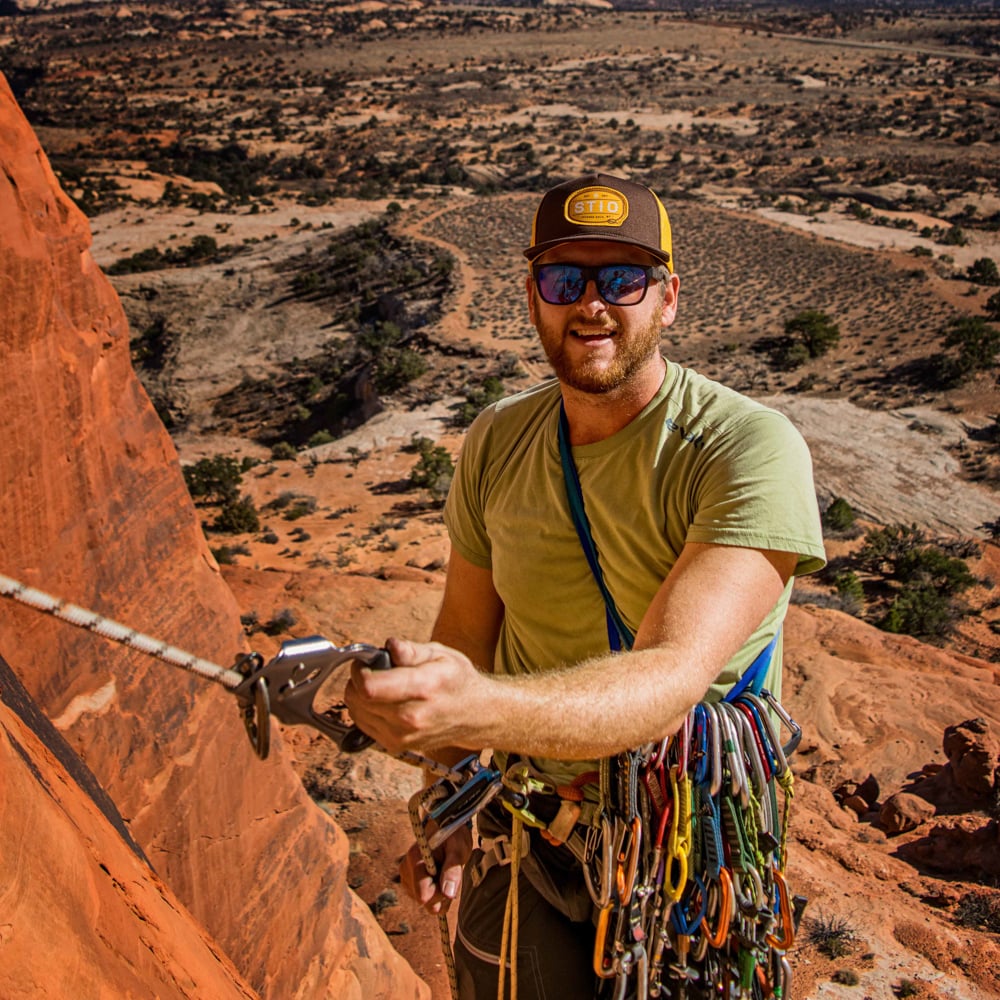
Patrick Betts
Patrick Betts is the Technical Director at Front Range Climbing Company and is based in Moab, Utah. He has been in the Outdoor Industry since 2009 and guides year-round in Colorado, Utah, and beyond. When he is not guiding, you will find him traveling to climbing destinations around the world. Patrick is an experienced adventure photographer who enjoys taking photos of people pushing their own limits and capturing the landscapes of the areas that rock climbing takes you. Follow along @adventurethrulens

